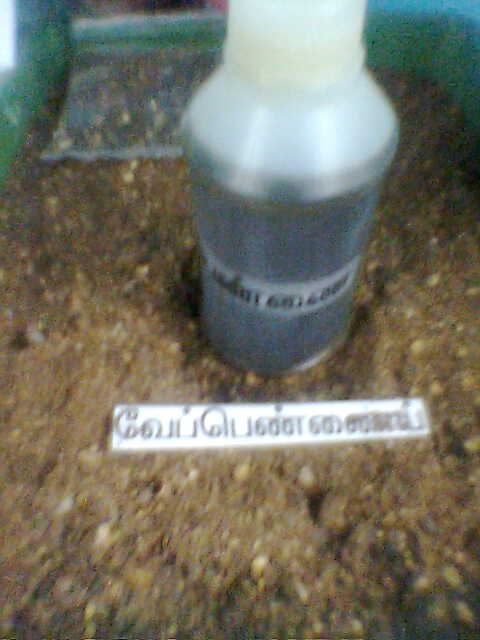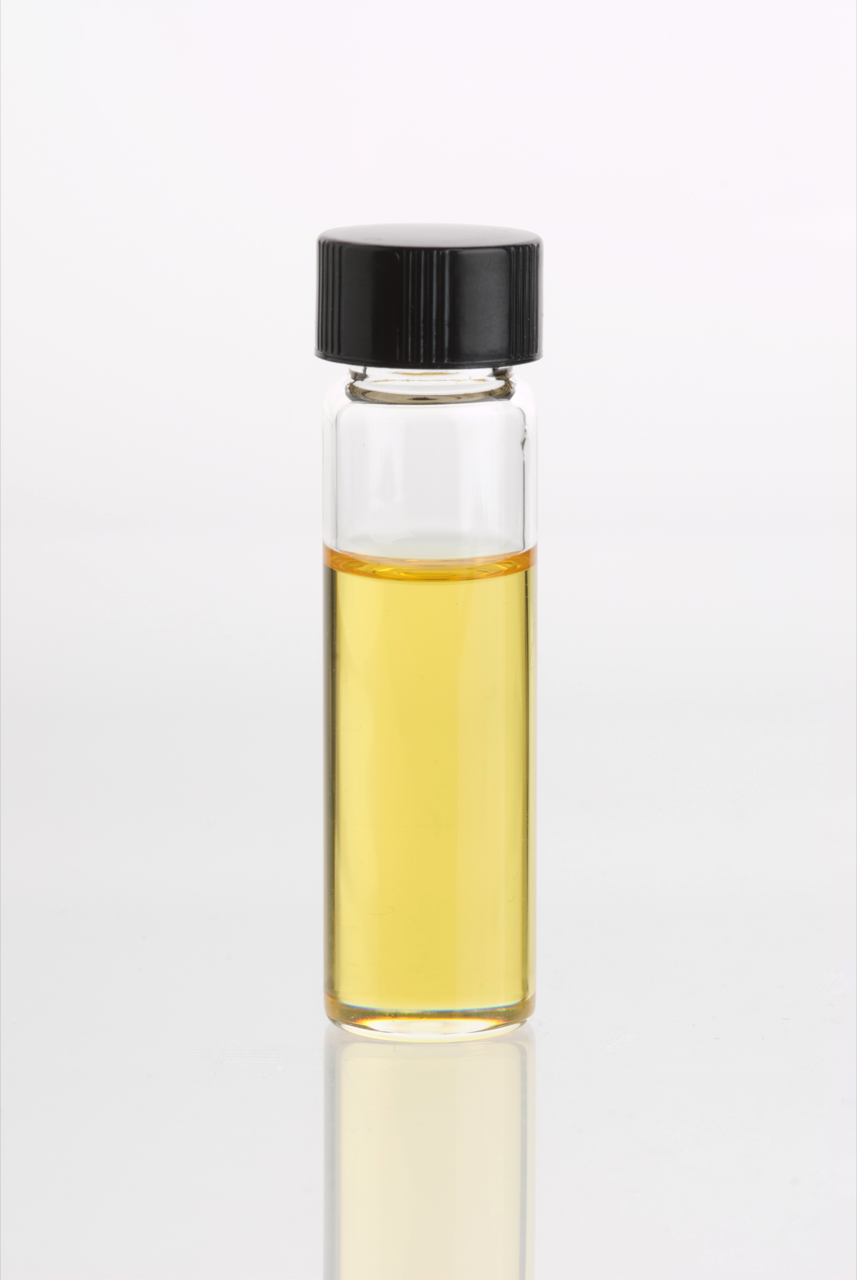There are different options for home treatments for toenail fungus that can be used to treat mild to moderate infection. Although a very common disease, toenail fungal infection is stubborn, requiring continuous and regular treatment in order to cure completely. Although nothing has proven as effective and easy as laser treatment, some people prefer to try to solve the issue by themselves first. Here is a look at the types of home-based treatments that may be considered:
Tea Tree Oil

Tea tree oil is sourced from the Melaleuca alternifolia, a tree that is native to Australia. Tea tree oil contains antibacterial, antiviral and anti-fungal properties that make it usable for treating toenail fungal infection.
Pros: It is readily available and easy to use – just place a few drops of pure tea tree oil on a cotton ball and apply directly onto the affected toenail. A few drops of the oil may also be added to warm water for a foot soak.
Cons: Tea tree oil has a very strong smell and it can feel greasy but is generally tolerable.
White Vinegar
Once applied onto a surface, the vinegar causes the environment to become inhospitable to microorganisms such as bacteria and fungi. It can be applied directly in pure form using a cotton ball or mixed with water and used as a foot soak.
Pros: Cheap and readily available.
Cons: Requires a long treatment period (usually over one month) in order to completely eliminate the fungus. Also has a strong smell.
Coconut Oil

Coconut oil is a very rich source of lauric acid, a type of saturated fat known as medium chain triglycerides. The fat has anti-inflammatory, antibacterial, antiviral and anti-fungal properties, which makes coconut oil the perfect solution for many skin problems including fungal infections.
Pros: Coconut oil is fairly common and it has moisturizing properties that help repair dry, flaky skin. It is also an antioxidant, which helps speed up the body’s ability to heal itself. It is good to help feet looking nice.
Cons: Coconut oil is greasy but is tolerable enough to be used everyday. It should also be used continuously for a several weeks until the infection is totally cured.
Sea Salt
Sea salt reduces inflammation and has disinfectant and antibacterial properties as well. It also helps exfoliate dry surface skin.
Pros: Sea salt is easily the cheapest DIY treatment against toenail fungus that works.
Cons: It must be mixed with vinegar or hydrogen peroxide to increase its potency, or else it is not strong enough.
Oregano Oil

Oil of oregano contains carvacrol, an effective anti-fungal agent that also fights bacteria.
Pros: Oil of oregano has been proven to work against fungi and can be used with other essential oils such as olive oil and tea tree oil.
Cons: The oil tends to be greasy and is very strong smelling.
Neem Oil

Neem oil does not only have anti-fungal properties, it also nourishes and moisturizes skin and nails, thus preventing flaky, dry skin common in fungal-infected toenails.
Pros: Easy to apply and does not cause adverse side effects.
Cons: Neem oil contains sulfur compounds, so expect a pungent odor.
Baking Soda
Baking soda is an alkaline substance that aids in maintaining the proper pH balance of the skin, making it difficult for microorganisms to thrive.
Pros: Baking soda is easy to use and may be applied directly or mixed with water for a foot soak.
Cons: It may not be very effective for more severe infections, which may require prolonged treatments.
Lemongrass oil

Lemongrass oil is extracted from a type of fast-growing perennial aromatic grass. It is an antiseptic that fights bacteria and kills fungi. Plus, it is also a deodorant, helping reduce odor from infected toenails.
Pros: Lemongrass oil is efficient in fighting fungal infection and has a pleasant scent.
Cons: Slightly greasy and irritating to sensitive skin but it is one of most common home treatments for nail fungus that also helps improve the appearance and quality of brittle and dry toenails.
Overall, these treatments may work on minor cases of toenail fungus, but are sometimes difficult for any serious cases. The good thing about these treatments is that they are easy to find so it can’t hurt to try them out briefly.


